One of the key factors in gardening success is selecting plants that are well-suited to your local climate. Different plants have varying temperature, sunlight, and moisture requirements, and choosing the right plants for your climate can make all the difference in your garden’s health and vitality. In this guide, we’ll explore how to choose the right plants for your specific climate, ensuring a thriving garden that flourishes year-round.
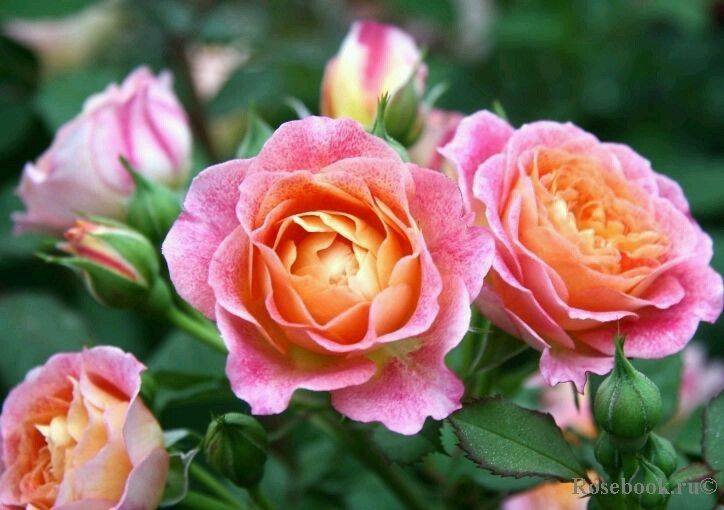
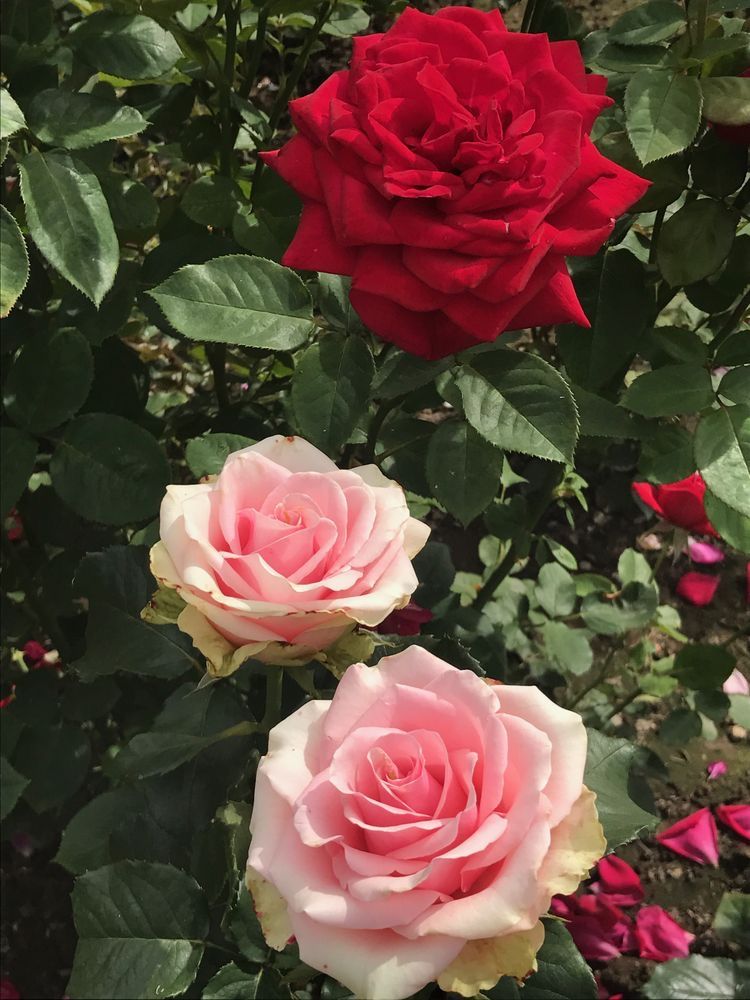
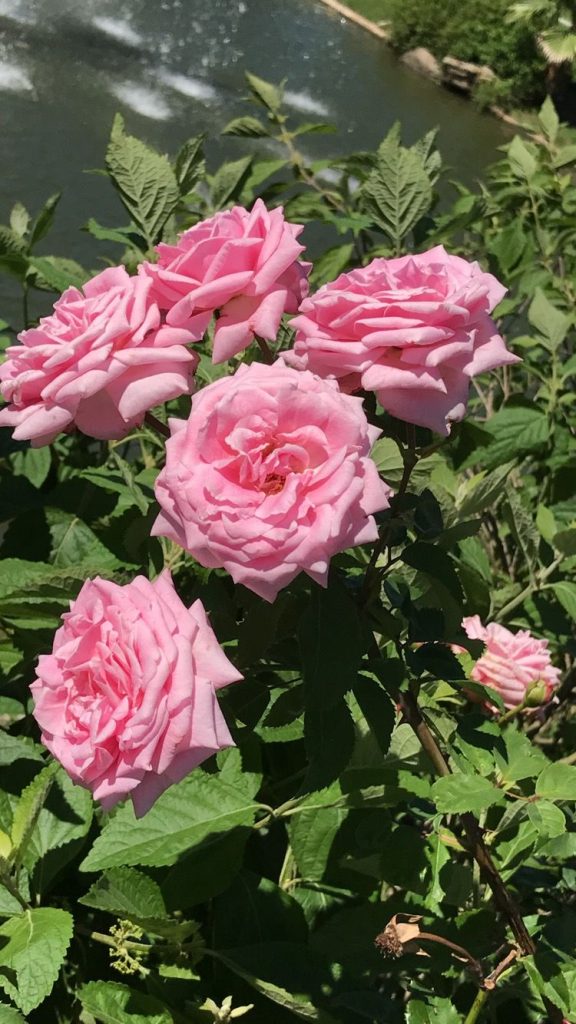
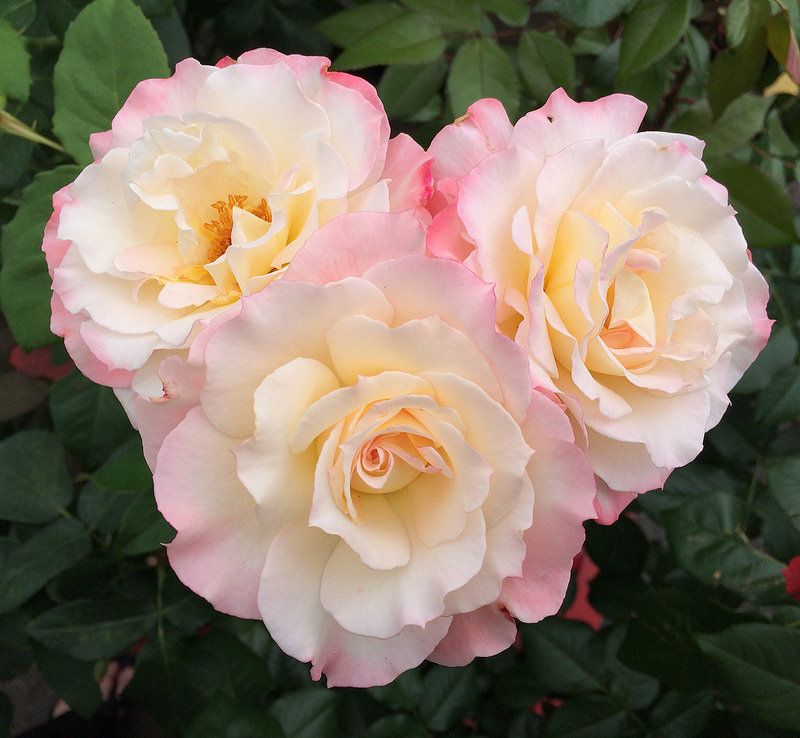
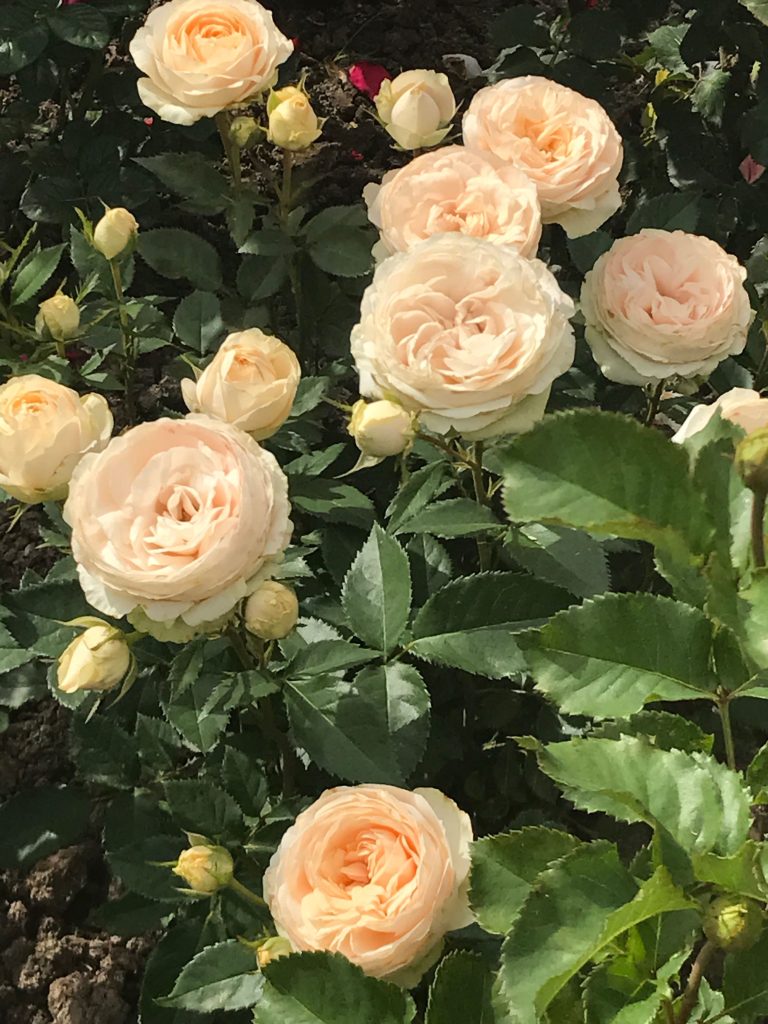

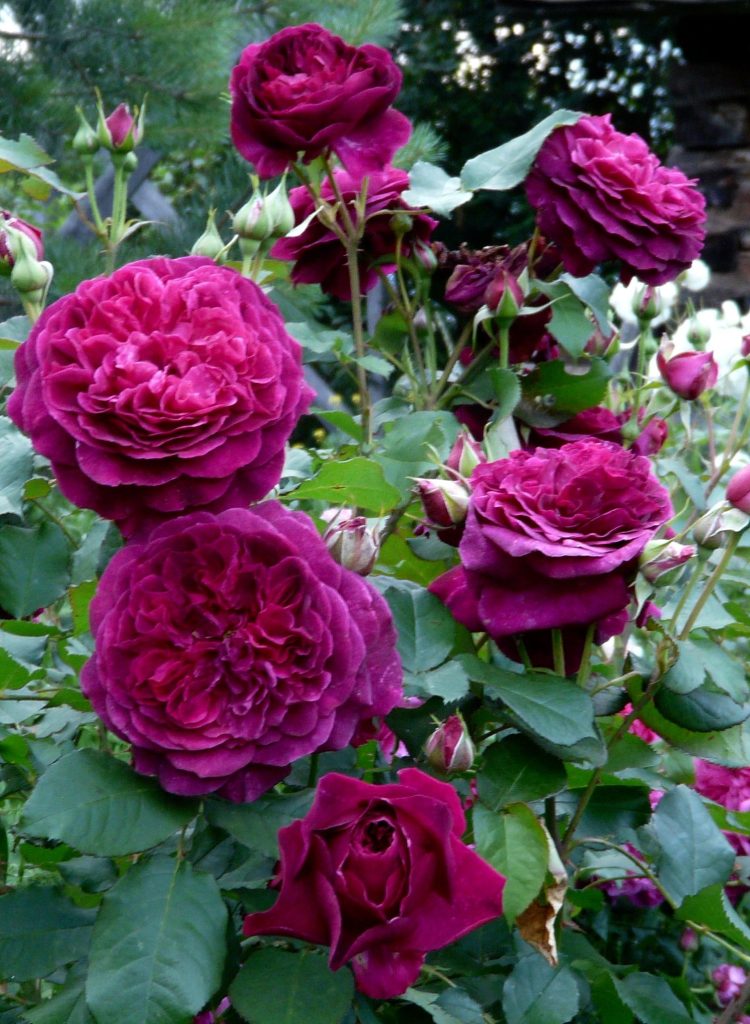
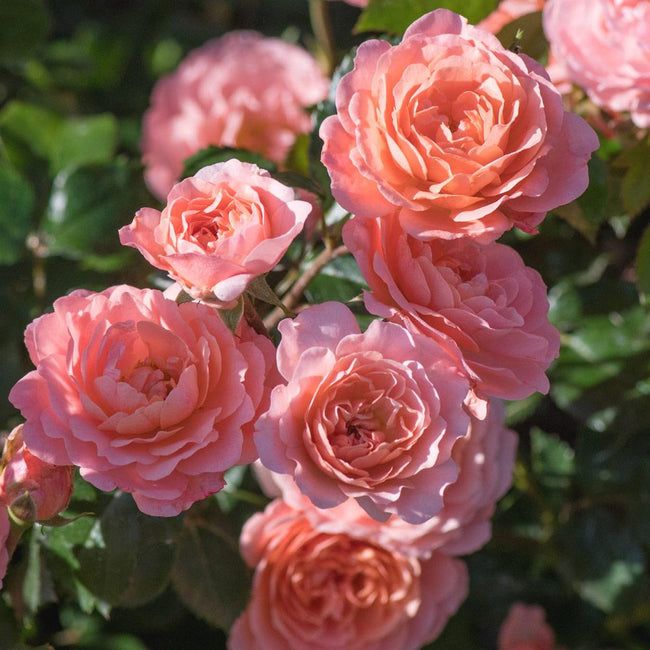

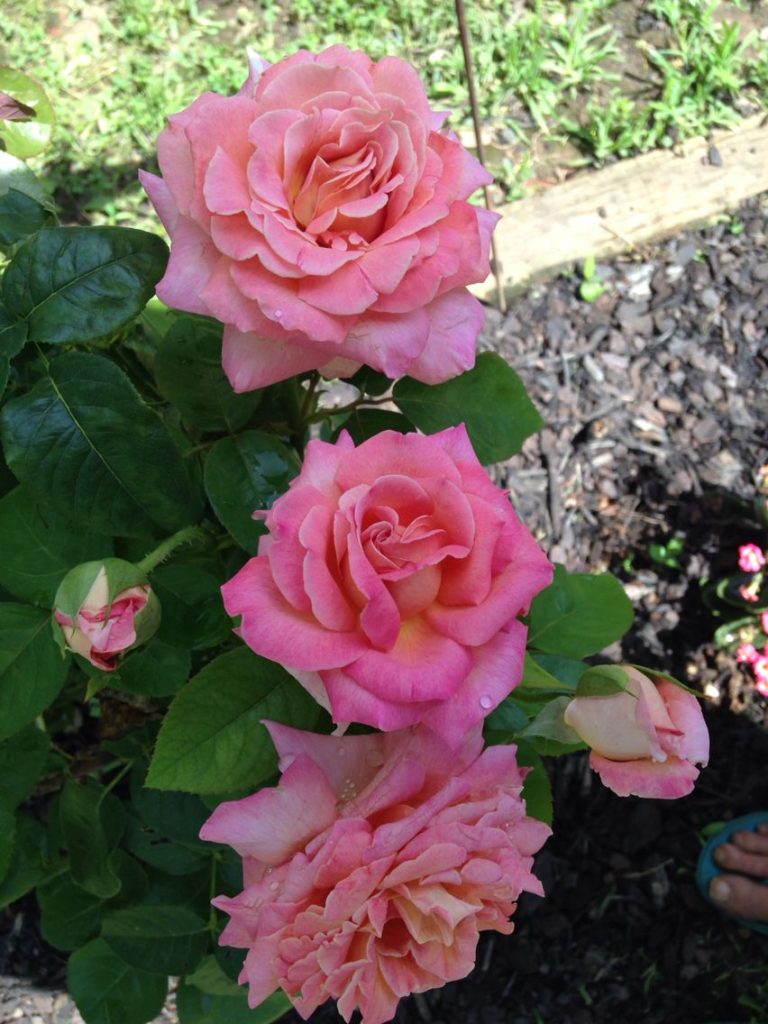
Understanding Your Climate
Tip: Before selecting plants, it’s important to understand your local climate. Are you in a hot, dry desert climate? A humid, tropical climate? Or a temperate, coastal climate? Knowing your climate zone will help you choose plants that are adapted to your specific conditions.
Climate Zones and Plant Hardiness
Tip: Climate zones are categorized based on average minimum winter temperatures, known as plant hardiness zones. The United States is divided into USDA Plant Hardiness Zones, ranging from Zone 1 (coldest) to Zone 13 (warmest). Choose plants that are recommended for your specific hardiness zone to ensure they can withstand your winter temperatures.
Sunlight Requirements
Tip: Consider the amount of sunlight your garden receives throughout the day. Some plants thrive in full sun, while others prefer partial or full shade. Observe your garden’s sunlight patterns and choose plants that match your garden’s light conditions.
Water Requirements
Tip: Different plants have varying water requirements, ranging from drought-tolerant plants that require little water to water-loving plants that thrive in moist conditions. Choose plants that are well-suited to your local rainfall patterns and water availability to reduce the need for supplemental watering.
Native and Adapted Plants
Tip: Native plants are well-adapted to local climate conditions and soil types, making them a great choice for a low-maintenance garden. Additionally, look for plants that are labeled as “climate-adapted” or “drought-tolerant” to ensure they can thrive in your specific climate.
Seasonal Considerations
Tip: Consider the length of your growing season and the average first and last frost dates in your area. Choose plants that have a suitable growing season for your climate and can withstand your local frost dates to ensure they have enough time to grow and produce.
Soil Type and pH
Tip: Soil type and pH can also influence plant growth and health. Some plants prefer acidic soil, while others thrive in alkaline or neutral soil. Conduct a soil test to determine your soil’s pH and choose plants that are well-suited to your soil type and pH for optimal growth.
Consult Local Experts
Tip: When in doubt, consult local nurseries, cooperative extension offices, or gardening clubs for advice on choosing plants for your specific climate. Local experts can provide valuable insights and recommendations based on their knowledge of your area’s unique climate and growing conditions.
Conclusion
Choosing the right plants for your climate is a crucial step in creating a thriving and beautiful garden. By considering factors such as climate zones, sunlight requirements, water needs, and soil type, you can select plants that are well-suited to your local conditions and will flourish in your garden.
So, take the time to research and plan before you plant. With careful selection and thoughtful consideration of your climate and garden conditions, you can create a garden that not only survives but thrives, bringing beauty and joy to your outdoor space year-round. Happy gardening!